As a teenager, Lisa and her friends would all take off in their Laser sailboats, freedom most kids don't get at 13.
"I don't think our parents knew what we were up to!"
Story and images by Colin Boyd Shafer

Lisa has always lived by Lake Erie. She spent her childhood with her brothers fishing in the marsh, running through the forest, and swimming in the lake. Her parents, Adriana and George, taught their children to respect nature and made sure to allow them the freedom to explore it.
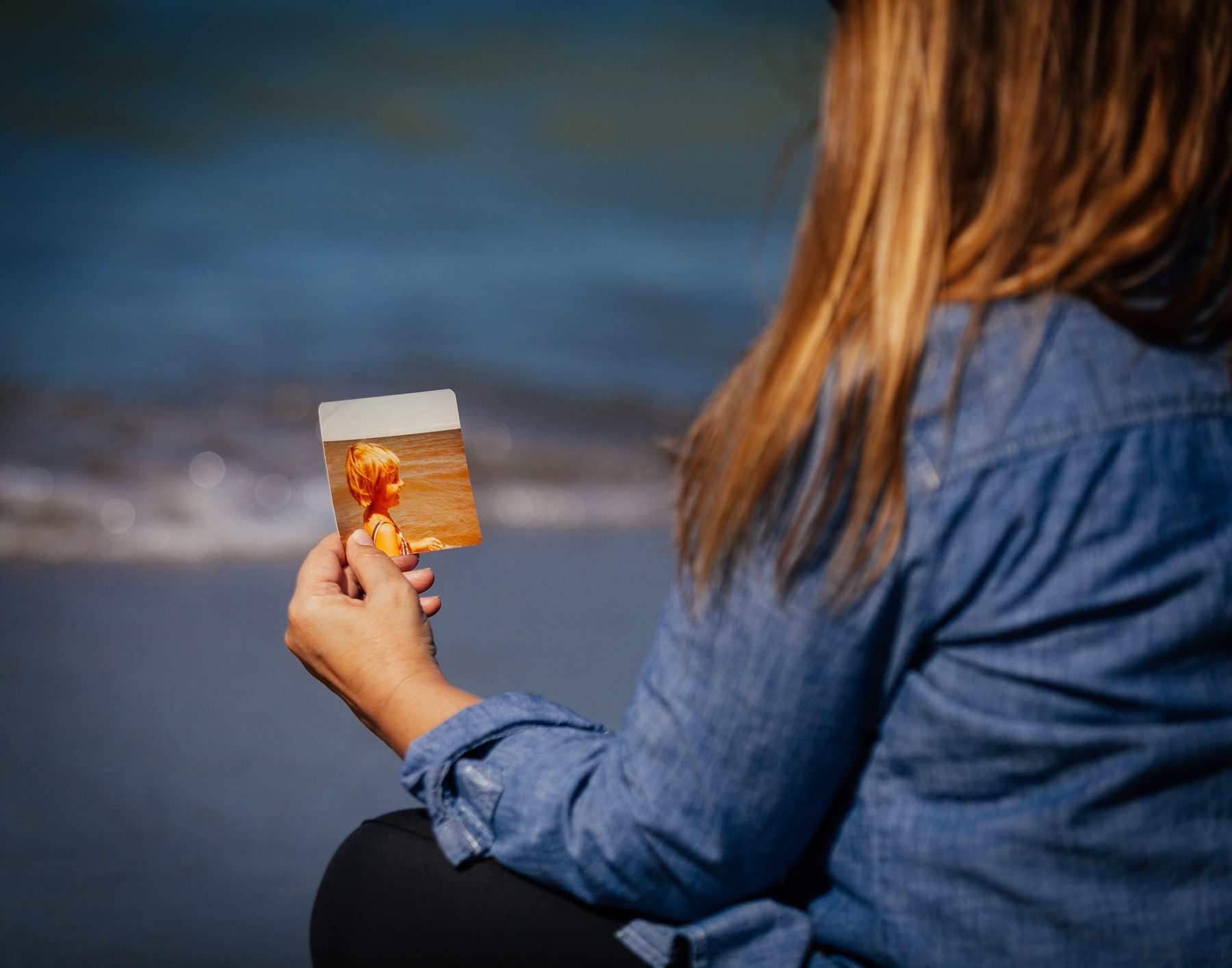

Lisa's parents bought their cottage, for an "absolute bargain” in the 70s when Lake Erie had been declared dead. These are photos from their first summer at the cottage by Rondeau Park.
As a teenager, Lisa and her friends would all take off in their Laser sailboats, freedom most kids don't get at 13.
"I don't think our parents knew what we were up to!"
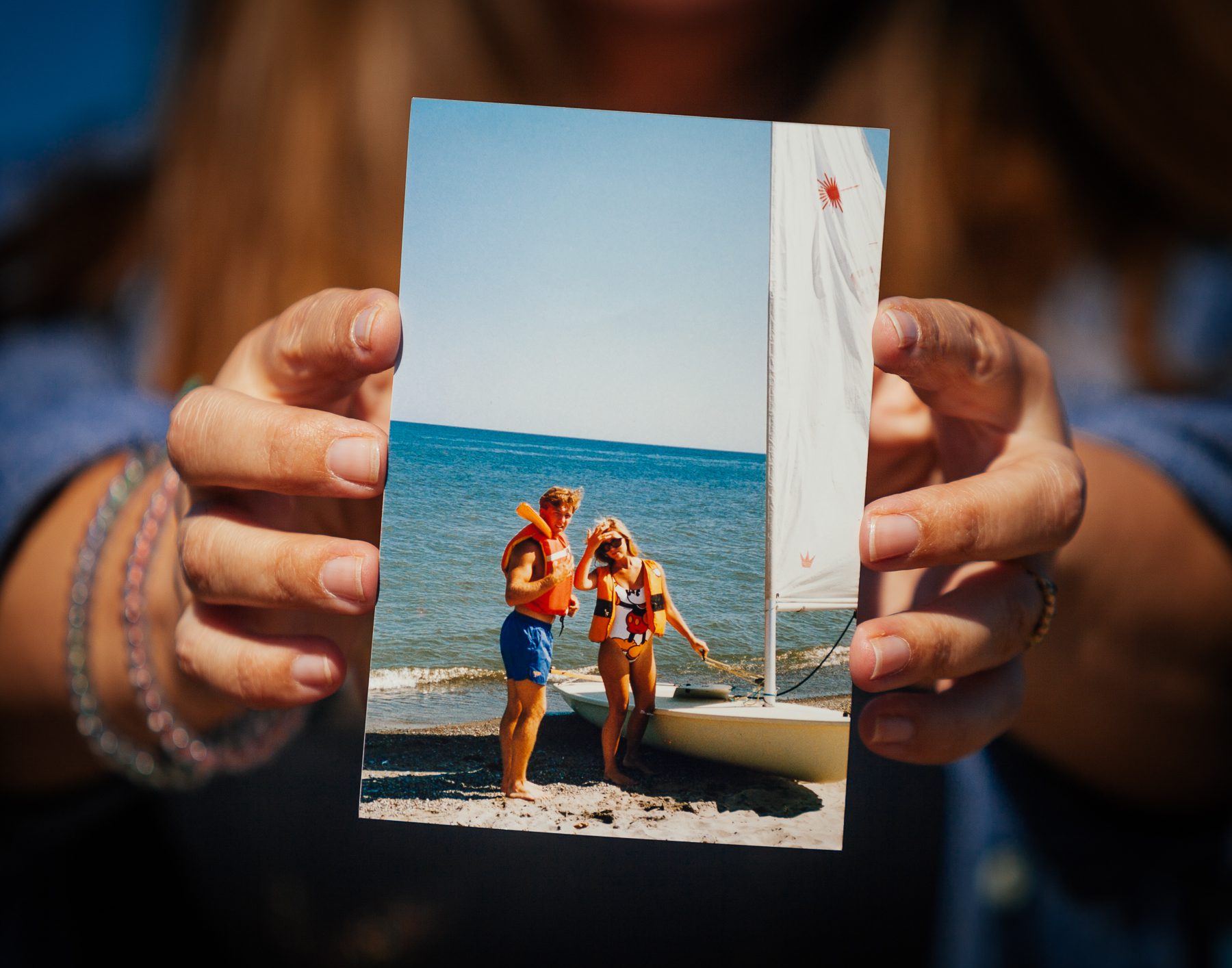
Lisa started dating her husband, Chad, in high school. This photo is of the couple with one of the Laser sailboats. Today they have three sons (Ethan 19, Liam 21, and Ryan 24) who, like their parents, grew up on the shores of Lake Erie.
She realizes that she grew up not knowing how lucky she was living so close to the lake.
“When I brought friends home from university, and we would go to the beach, they were floored! But it was a regular thing for us. Eventually, you start to appreciate it through their eyes.”
Growing up, whenever Lisa visited Rondeau Park, she made sure to stop by the visitor center and ask the naturalists there as many questions as she could. This basic curiosity about the natural world, and a few great science teachers when she was a student, set Lisa on a path to becoming a science teacher.

On the way home from a field trip to Pelee Island in 1996 (her first year teaching), one of her students, Hillary, asked Lisa what she was going to buy from the gift shop. Lisa said she didn’t need anything, but Hillary told her she should buy a treasure to remember this special day. “I guess she was right because the boat still reminds me of that day!”
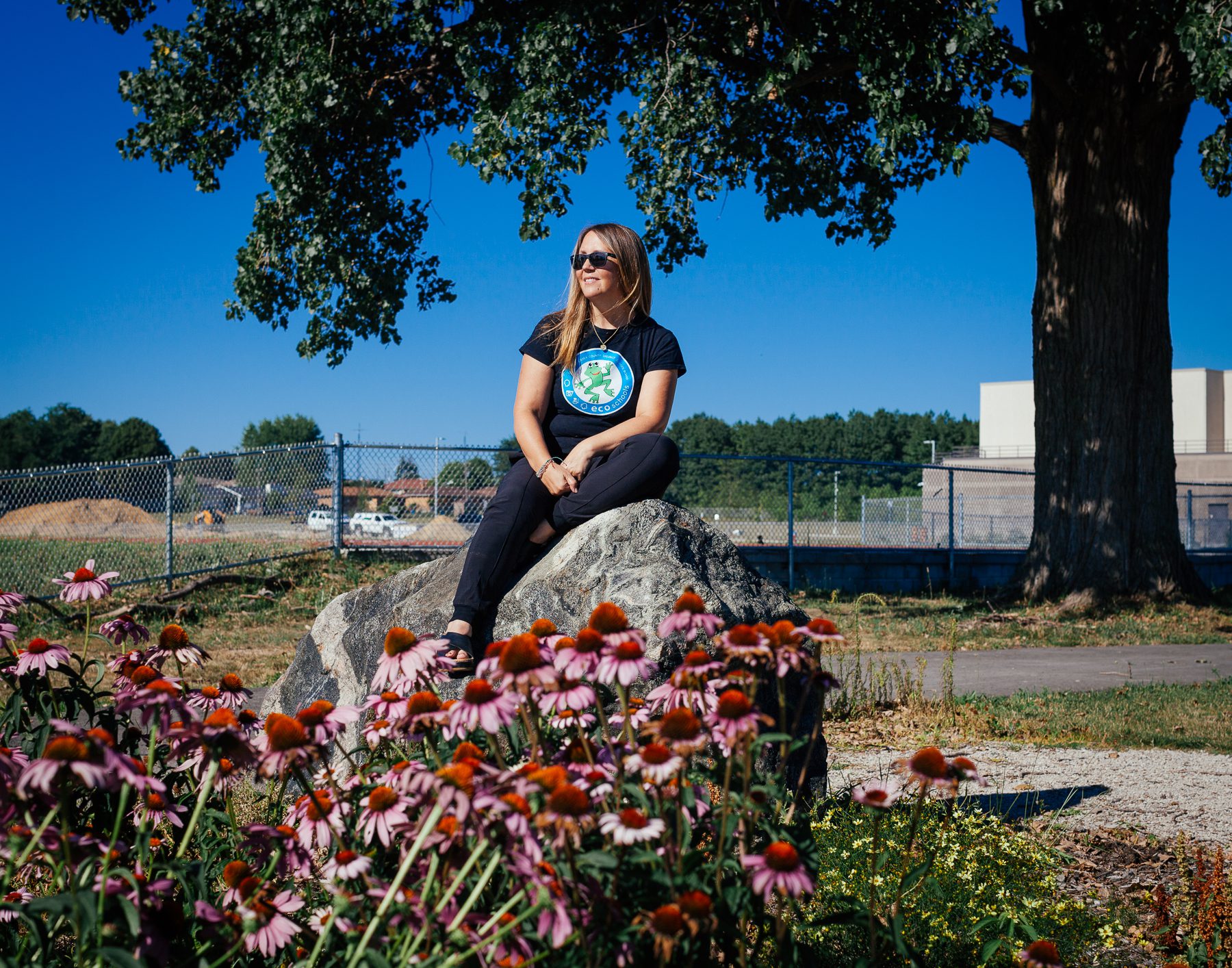
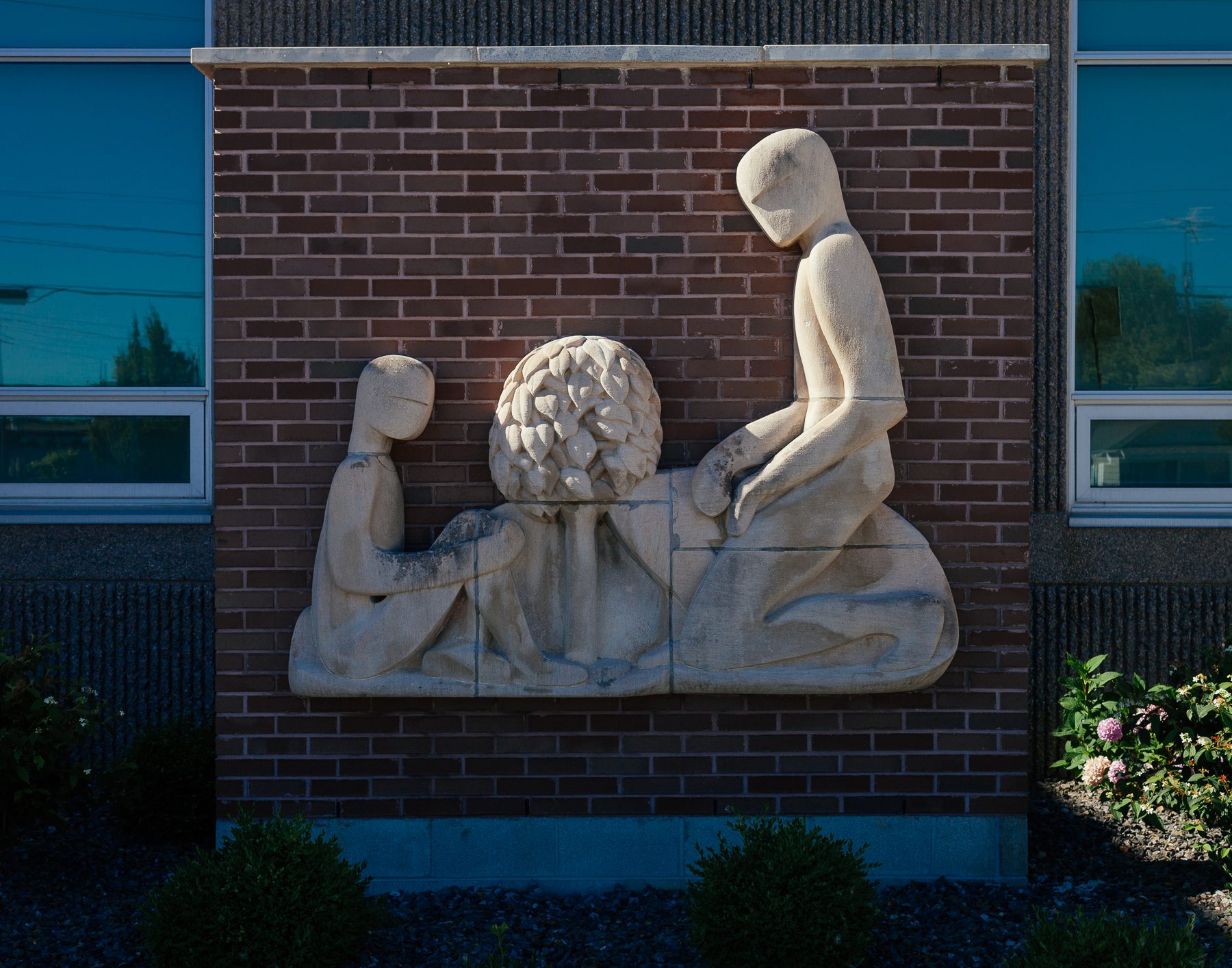
(left) Lisa sits beside the Caldwell Community Peace Garden at Leamington High School. The garden was funded by Caldwell First Nation and Friends of Point Pelee. The students planned and built this habitat of flowering plants and shrubs for pollinators. (right) The “Learning Tree” is from the old Leamington high school built in the 50s where her father attended. The community made sure to preserve this monument when, in 2017, they built the new school.
Since she started teaching 25 years ago, Lisa has always run the environmental club at whatever school she is at. When Lisa began teaching science at Leamington District Secondary School in 2005, there was a need for increased environmental leadership. The administration asked Lisa if she would help the school obtain Ontario EcoSchools certification. In doing so, she also helped start the school’s eco team. The eco team started slowly with only a few members. They did beach cleanups and tree planting, but it was their confrontation of toxic algae blooms that brought them national attention (like a visit from David Suzuki) and real momentum.
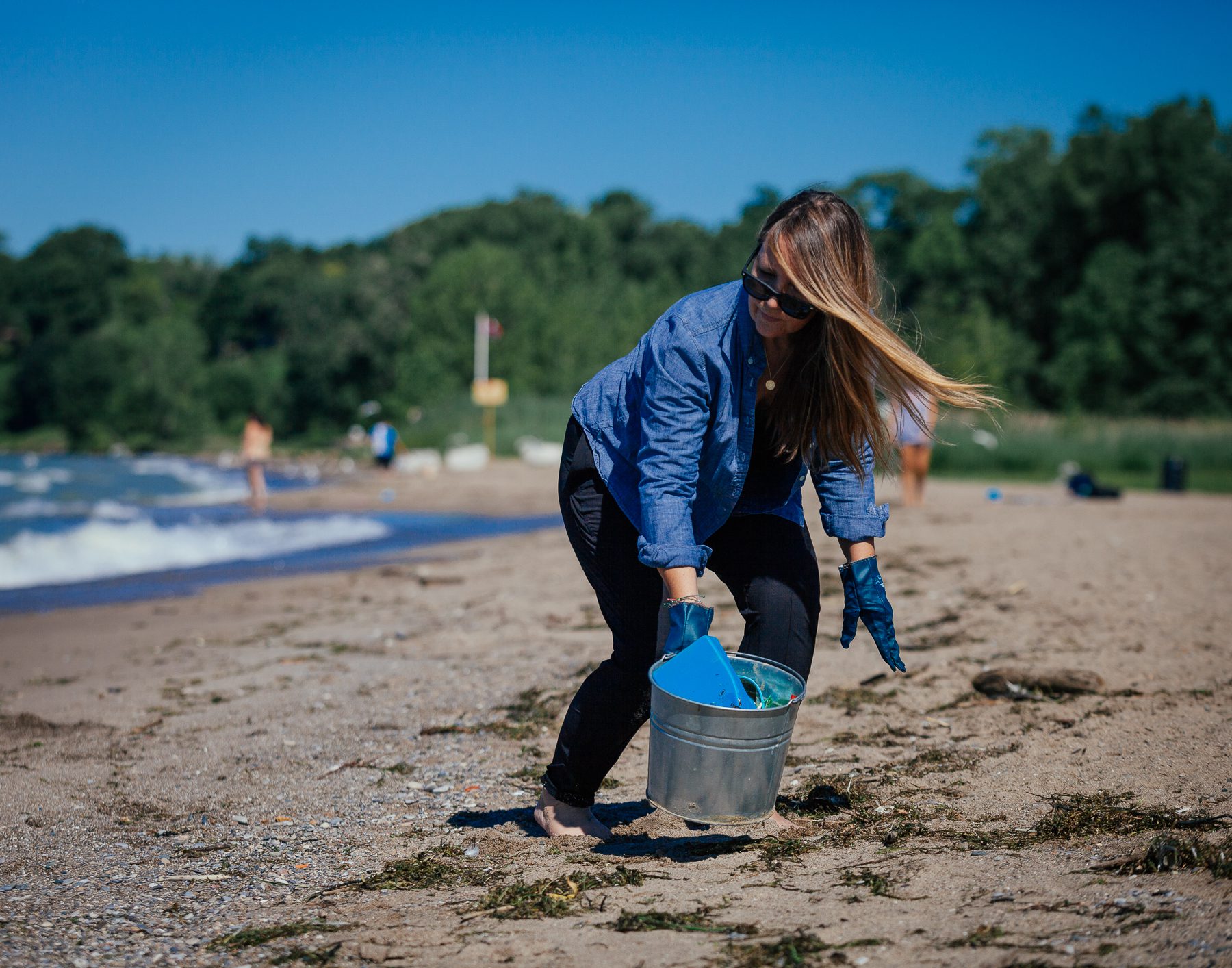

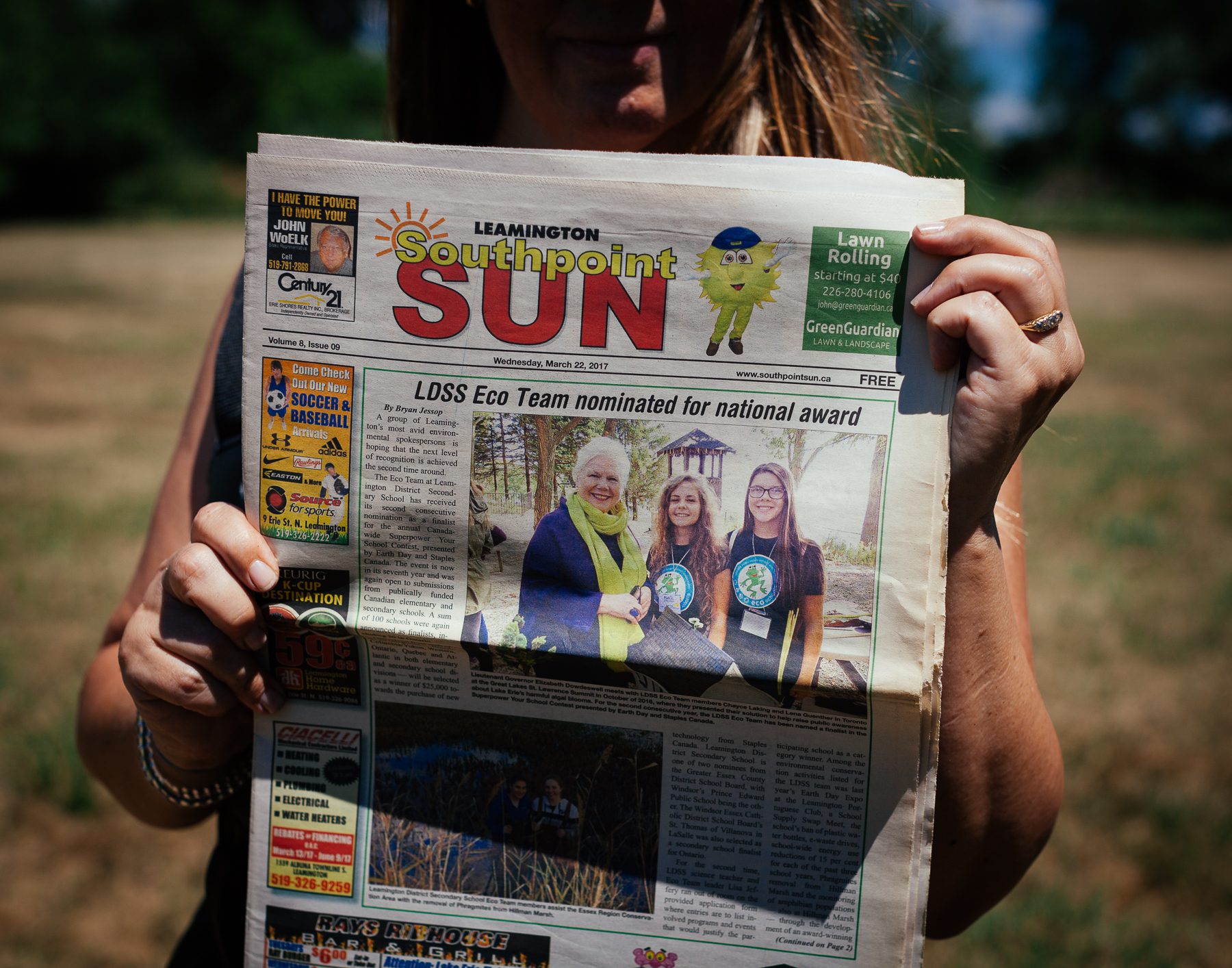
(top & bottom left) Lisa and her eco team have had many beach cleanup events. Sadly, when Lisa thinks of Lake Erie, plastic pollution comes to mind. (bottom right) Lisa’s students with Ontario’s Lieutenant Governor The Honourable Elizabeth Dowdeswell at the Great Lakes-St. Lawrence Student Conference, where her student pitched the idea of reducing citizen contributions to algae blooms.
Several times a year, Lisa takes students out at night to Hillman Marsh to monitor amphibians — an important indicator species when trying to understand ecosystem health. The Essex Region Conservation Authority trains the students on how to identify frogs by sound.
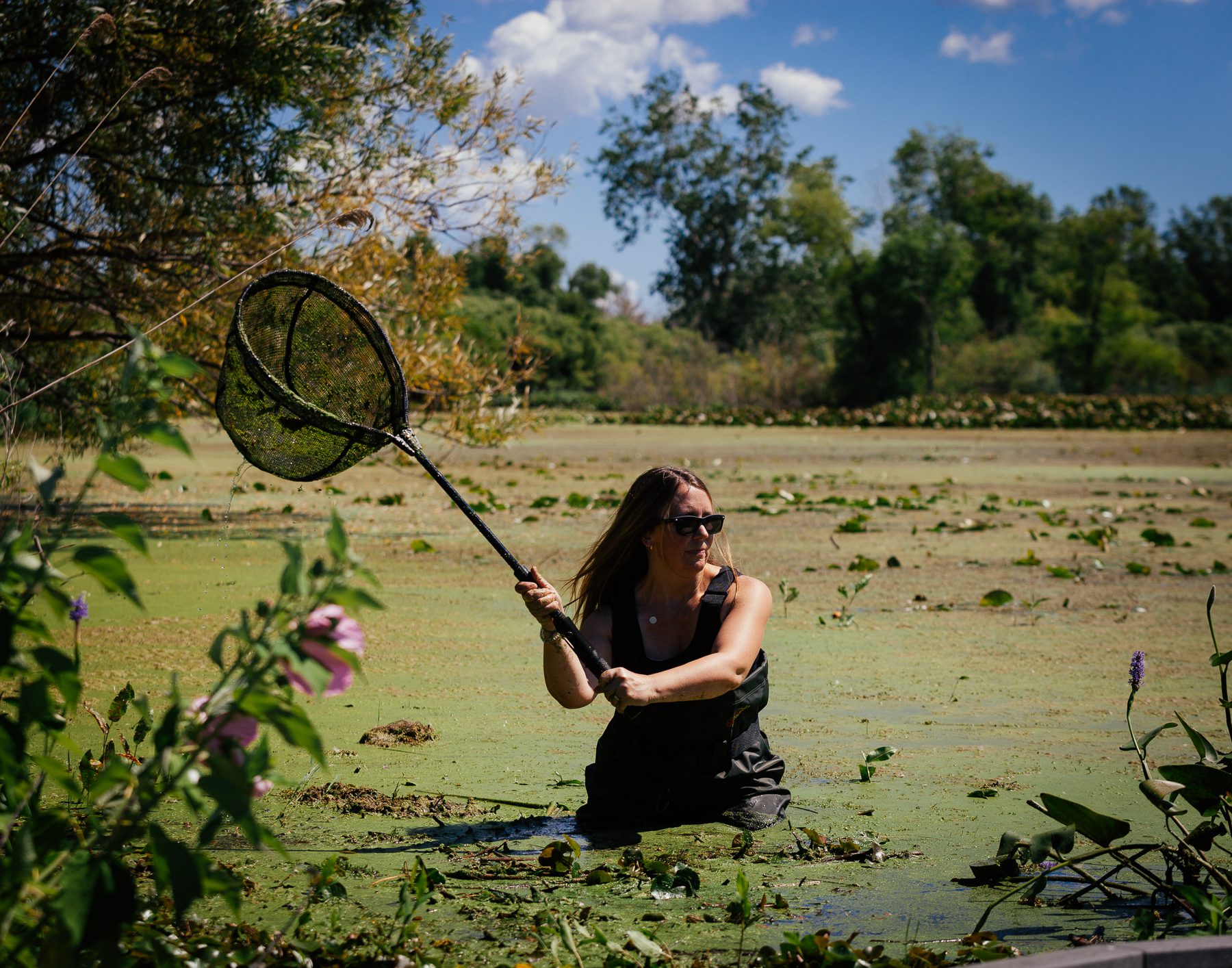
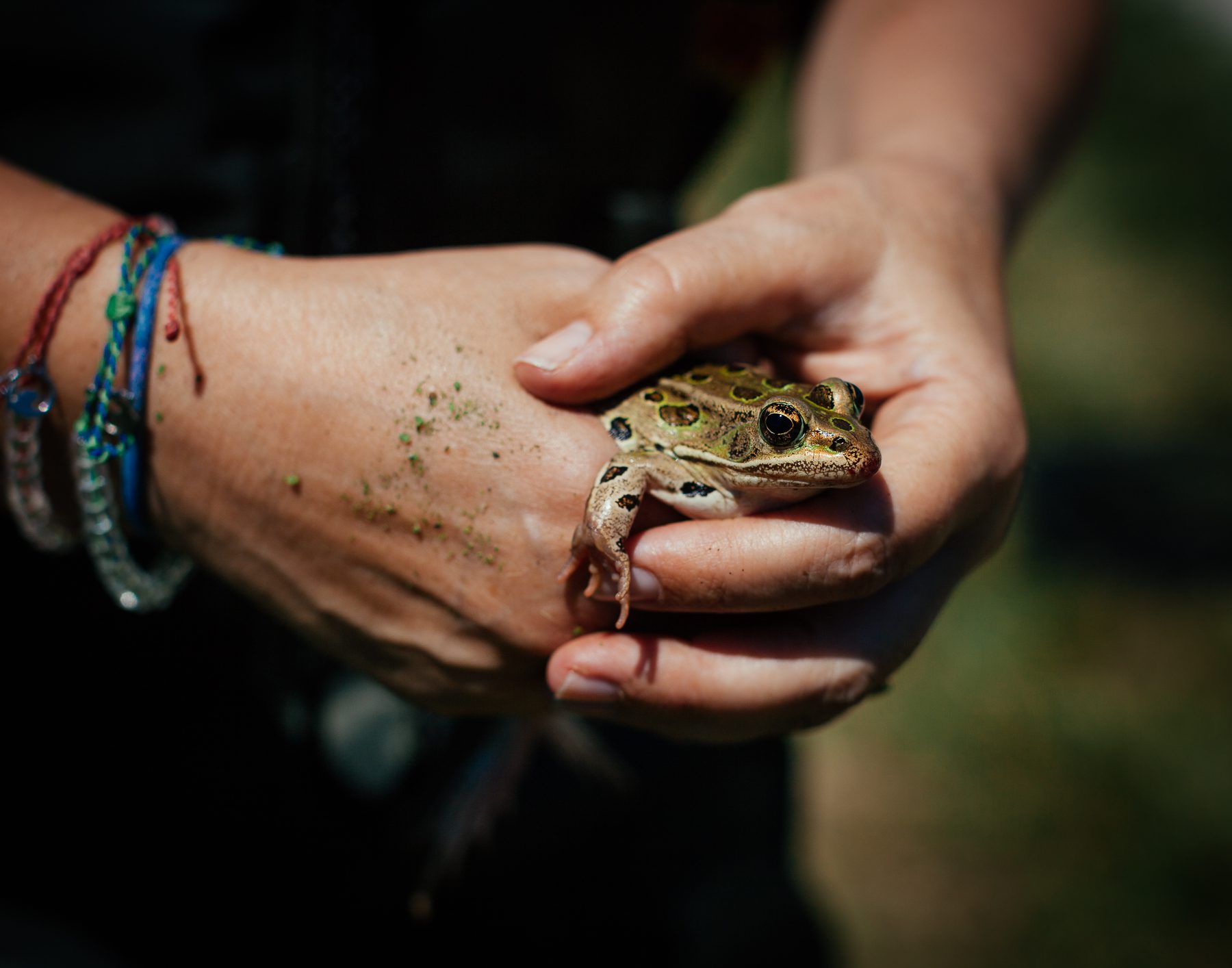
When in the marsh, they listen for a set amount of time in a fixed location and record data. According to Lisa, this experience is much more memorable and impactful for students compared to reading textbooks.
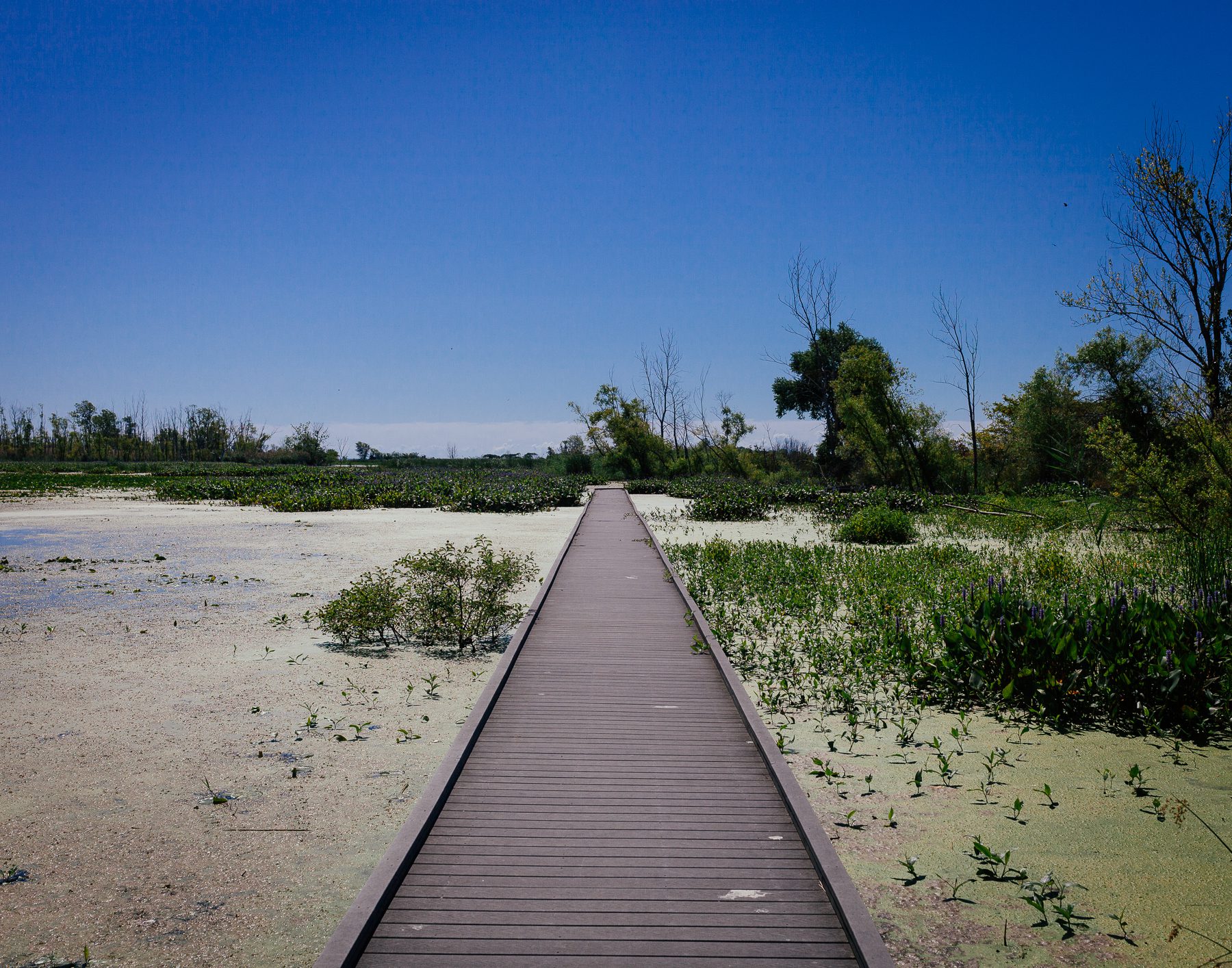
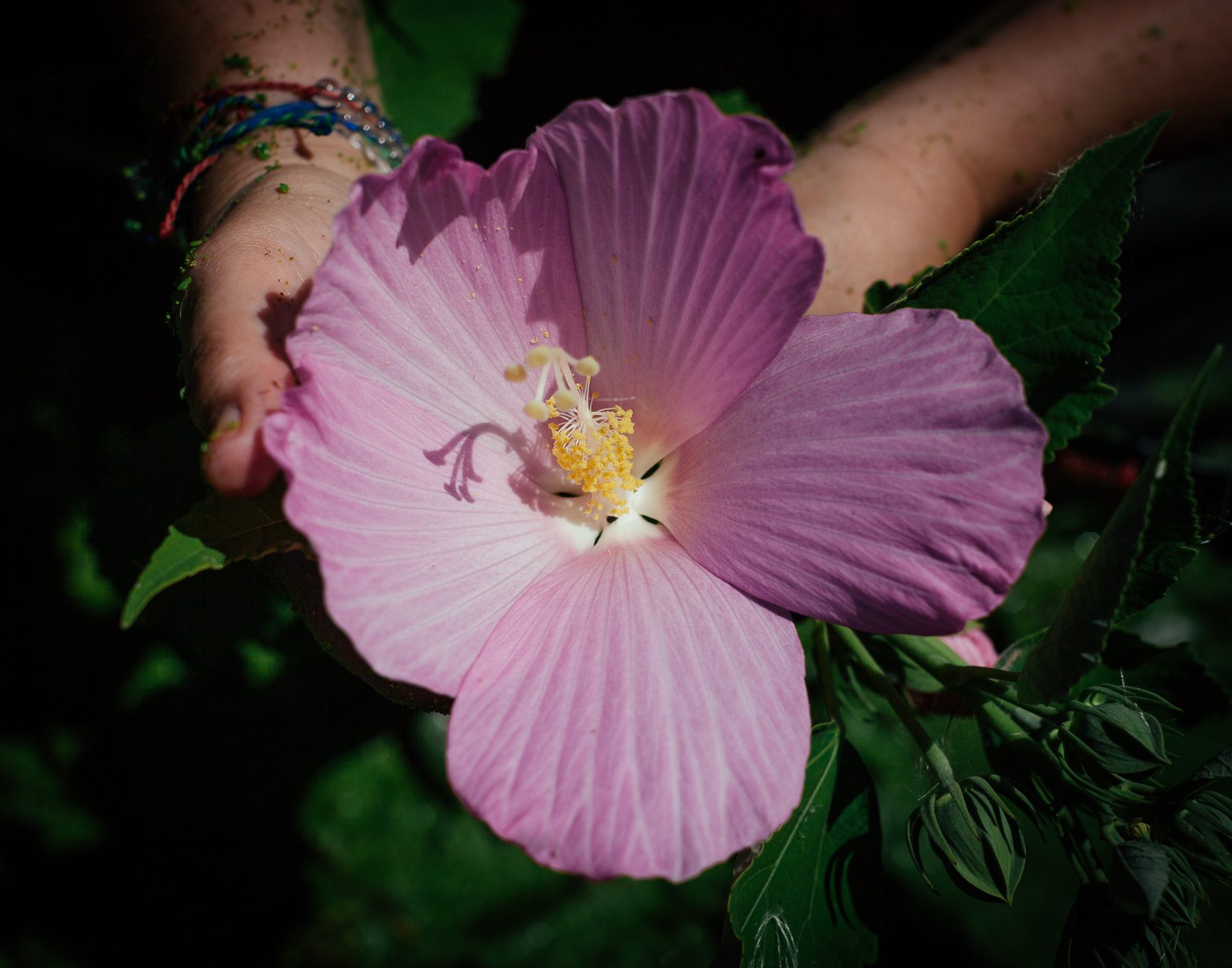
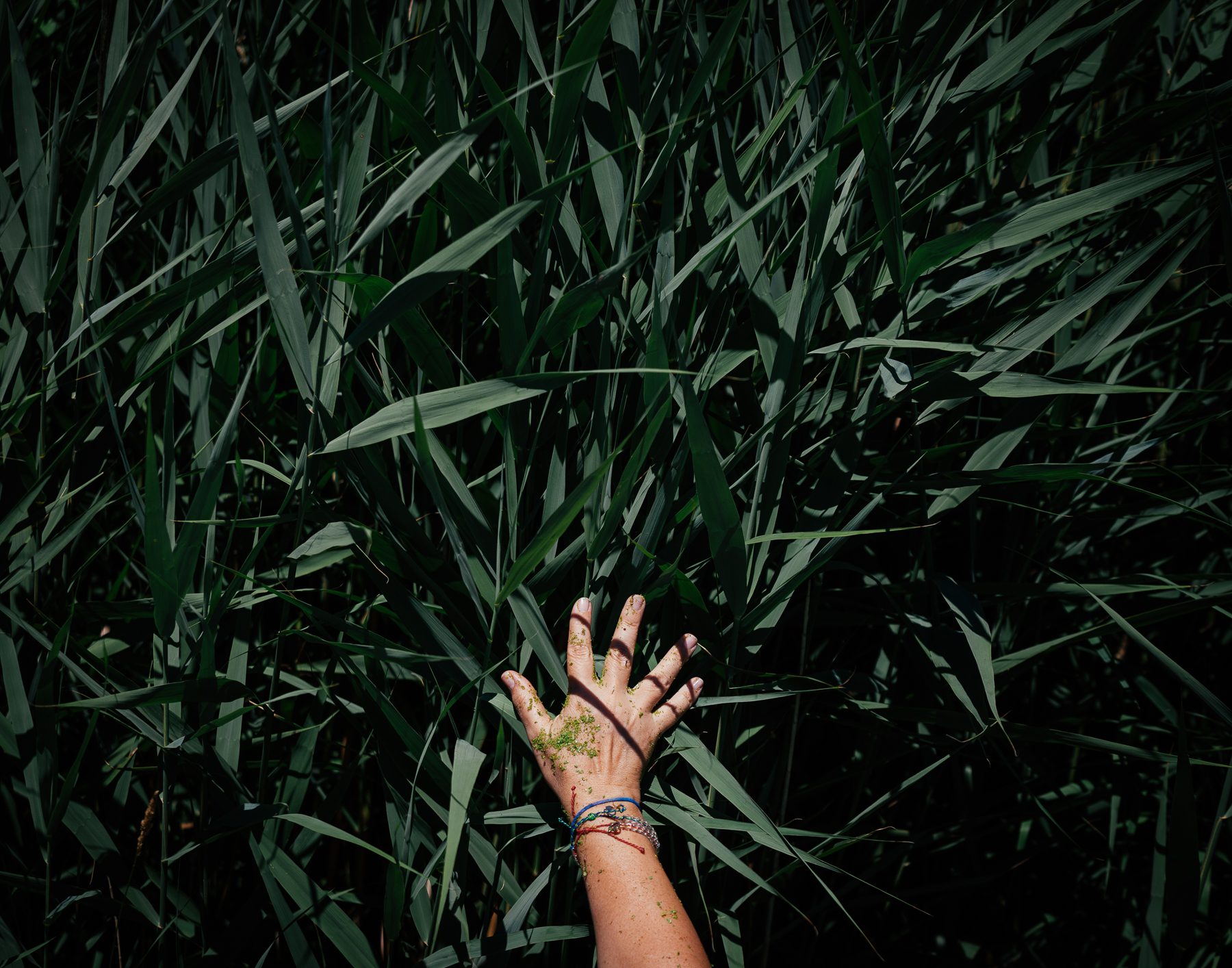
(top right) The swamp rose-mallow, found in Hillman Marsh, is listed as a species of “Special Concern.” Wetland drainage, shoreline development, and the spread of invasive species like Phragmites are the main threats for the swamp rose-mallow in Ontario. (bottom) Lisa’s eco team has worked with local conservation authorities with experimental ways of removing the invasive species, Phragmites australis. Lisa and her students have gone out in the marsh in chest waders to cut Phragmites. After a year, it was back.
After 2010, Lisa and her eco team started to notice the toxic algae blooms showing up in the lake due to a mix of factors — warming climate, intensive agriculture, and sewage.
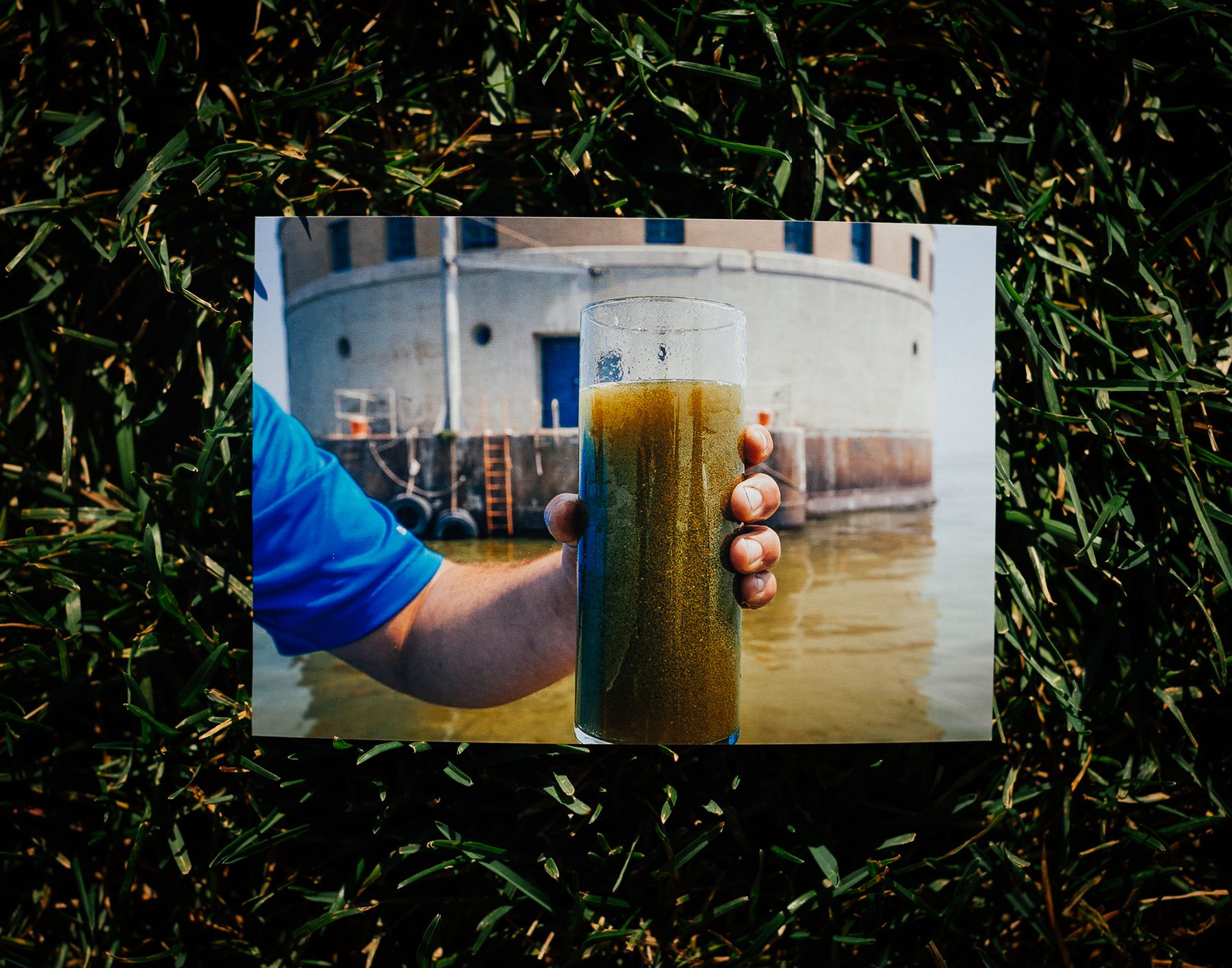
A photograph of an image by photographer David Zapotosky taken on August 3, 2014. It shows a glass of water being held up in front of Toledo’s water supply intake. In August 2014, phosphorus run-off was so bad that the city of Toledo, at the lake's western tip in Ohio, lost drinking water for three days during the hottest part of the year.
The 2014 events in Toledo pushed Lisa's eco team to take action in informing the community. In 2015, they started "Algaecation", an algae bloom education initiative, where they delivered workshops at local schools and community centres. The following year, they hosted an algae bloom summit.
“My students amplified the message about algae blooms in Lake Erie far beyond this community.”
Lisa explains how algae blooms aren't an easy issue to solve as the local economy is dependent on agriculture, and Canada shares the lake with the United States.
In educating the local community about toxic algae blooms, Lisa has concluded that it’s impossible to overstate the importance of wetlands. Wetlands, and the organisms that inhabit them, are like natural nutrient filters. They also store extra water to prevent flooding and release water to prevent drought. Today, with Lake Erie’s high water levels and farmers and property owners alike concerned about flooding and erosion, society needs to recognize the importance of wetlands.
The land people inhabit along Lake Erie’s north shore should be coastal wetland or Carolinian forest. But development has already destroyed 97 per cent of the region’s wetlands.
“Our limited remaining wetlands are working overtime now. Lake Erie is taking back what we have taken from it.”
After 25 years of working as an educator, Lisa's advice to a new teacher would be: "Get your kids out in the environment, if you want them to want to protect it."

When Lisa’s parents bought their cottage along Lake Erie in the 1970s, the lake had been declared “dead.” Through cooperation, people found ways to improve the lake. Lisa believes that if people are informed and work together, the recurring algae blooms happening now can also be stopped.
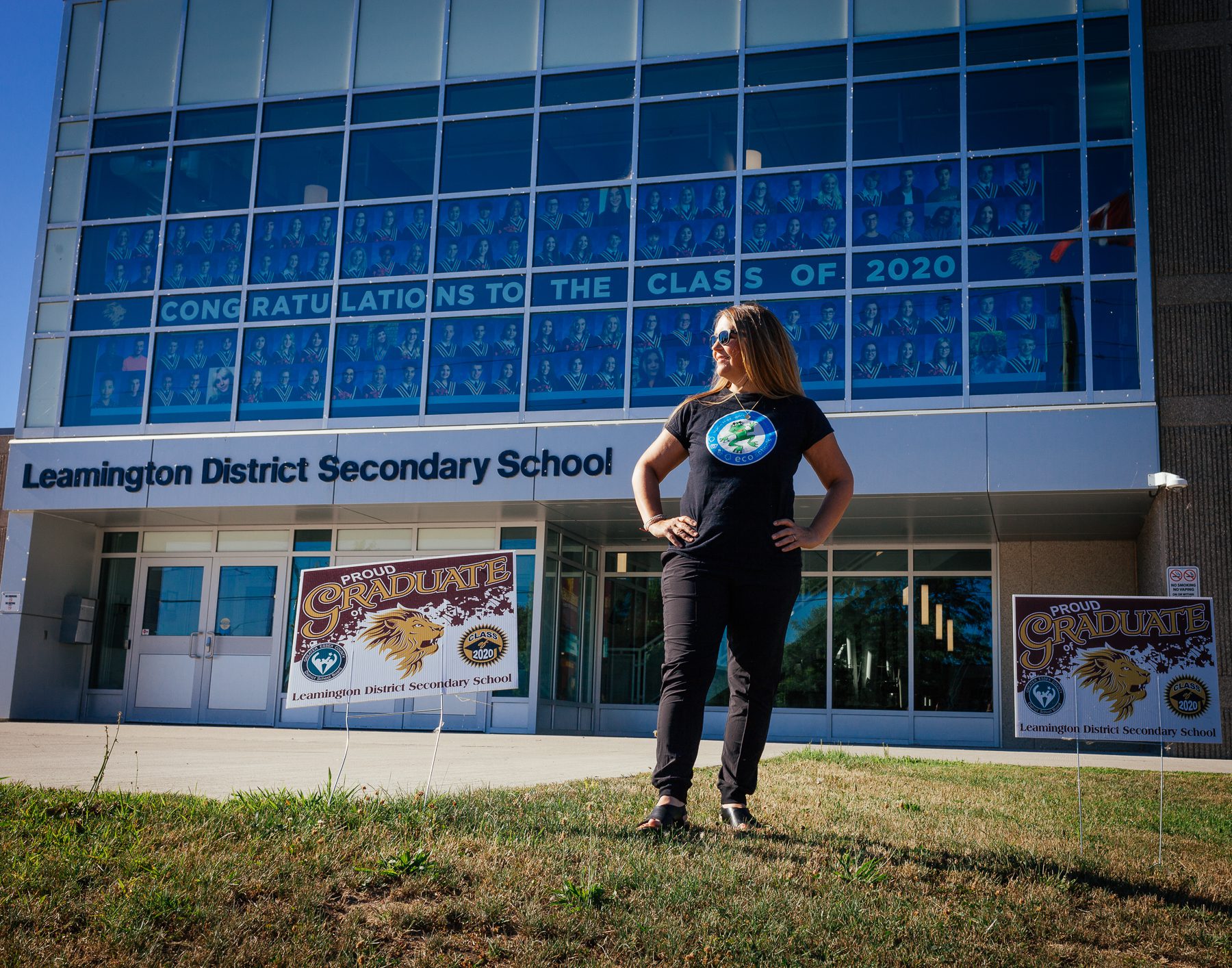



“As a kid, I didn’t understand the connection between wetlands and the health of the Great Lakes. Now I do. Its protection is a huge priority for me, and I hope the younger generation has seen the value of protecting the lake. I’m still learning about it, and every year I learn something new. Lake Erie is such an important part of my life.”
Lake Erie and the millions of people who rely on it for their drinking water, local jobs, and so much more need your help.
The health of Lake Erie continues to decline. Action is needed more than ever to restore its health for current and future generations.
You can make a difference. Here’s how you can help protect the lake and support the people who are closely connected to it.
